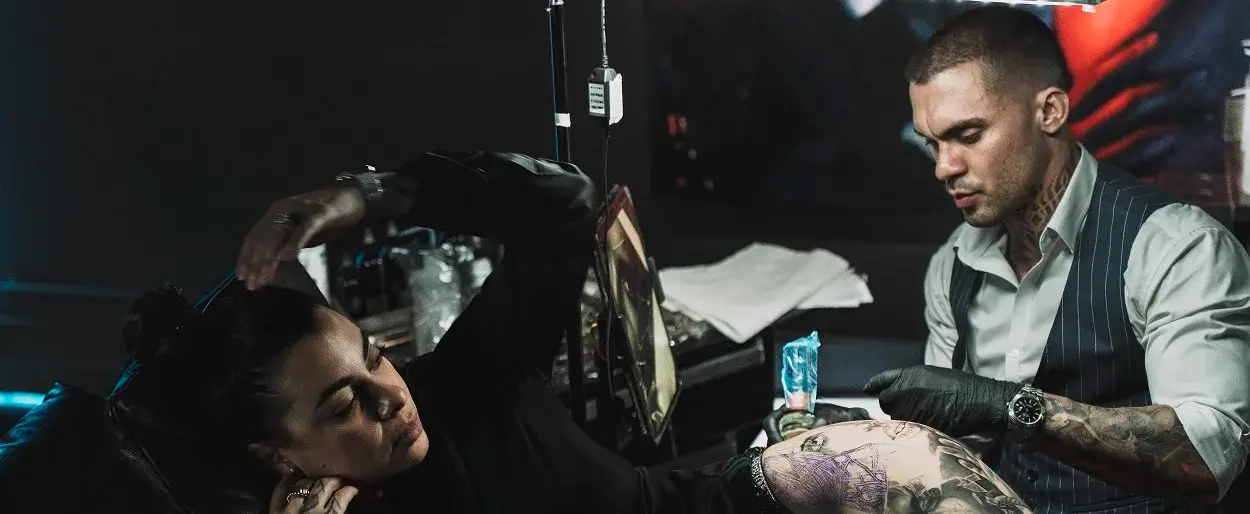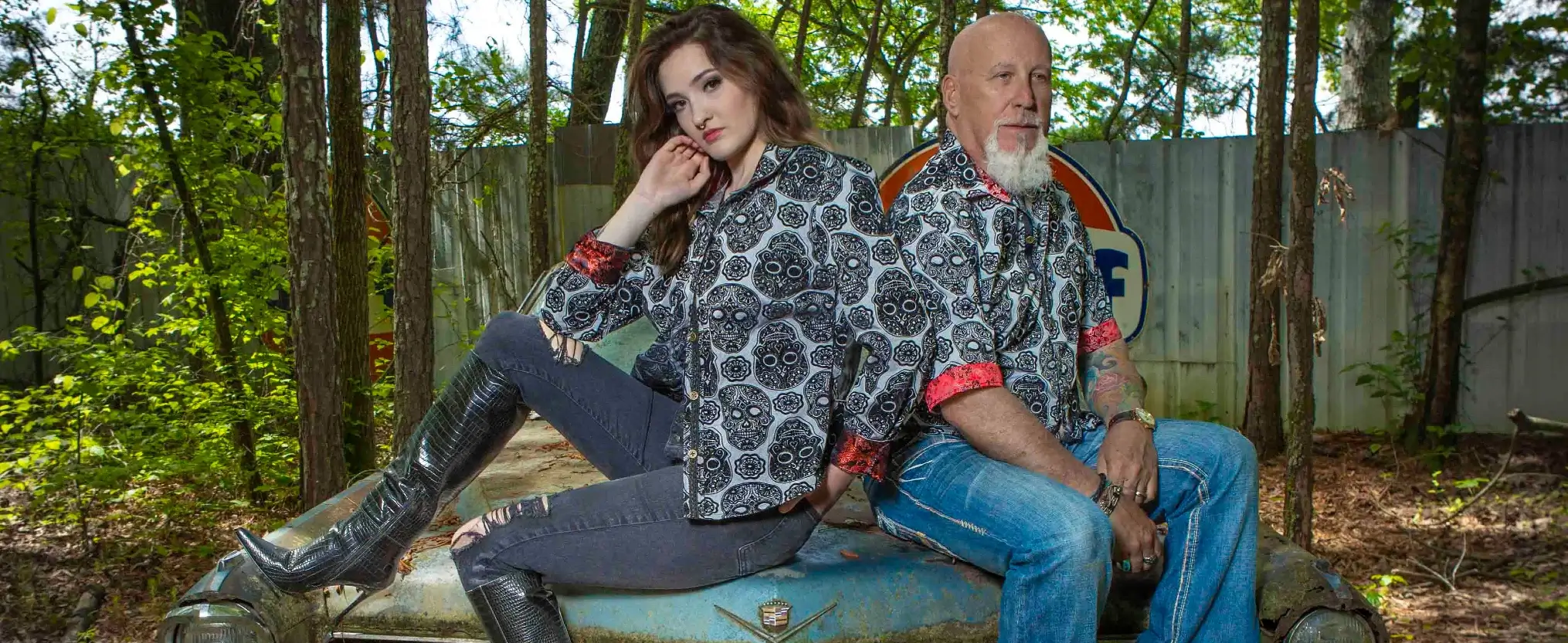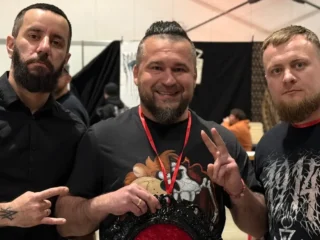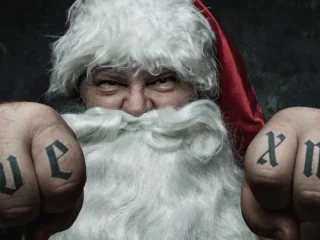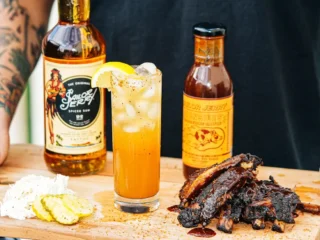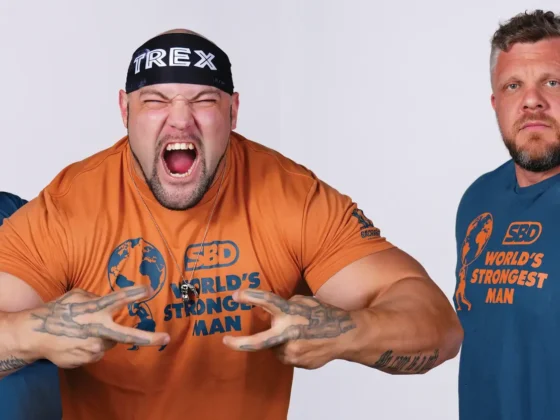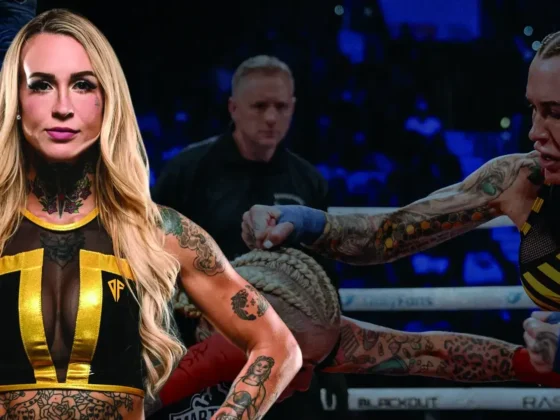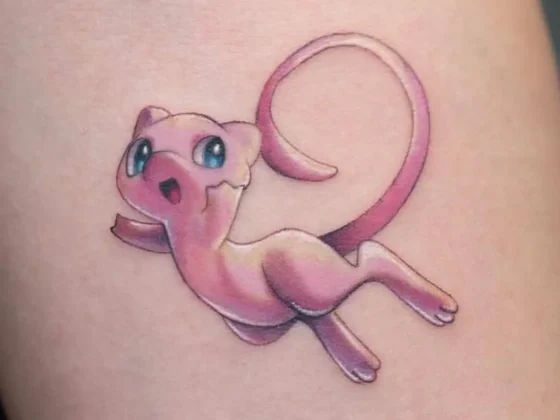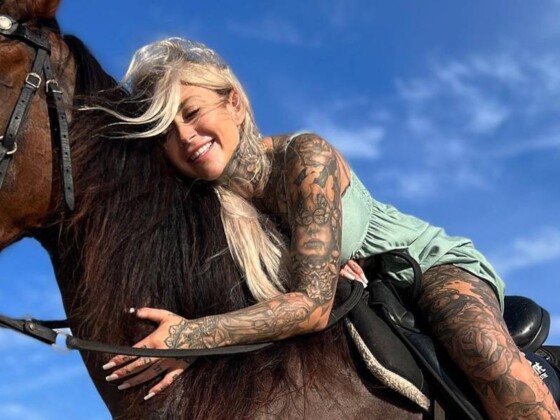Inked Mag Staff
April 8th, 2022
Opportunity of a Lifetime
How Armand Munoz fell in love with art.
Growing up in Mexico City, Armando Munoz didn’t set out to become a tattoo artist. But all of that changed when opportunity quite literally came and knocked on his door when a friend of his brought over a tattoo machine asking the artistic Munoz to fix the crappy tattoo he had just gotten. More than a decade later Munoz is making a name for himself with some gorgeous color realism bordering on the surreal. We spoke with the artist known throughout the industry as Armandean about his inspirations, his design process and more.
View this post on Instagram
When did you first discover a love for art?
When I was a child I discovered that I learned better while drawing in class. Obviously that was something almost illegal for teachers [laughs] but I was always the child they chose to draw [for] school events. Some time after that my mother gave me a set of oil paints and I fell in love.
How did you begin your tattoo career? Did you have an apprenticeship or learn on your own?
I never had friends who tattooed or talked about the subject, that did not exist in my circle of friends, however, everyone knew I drew. One day one friend came to my house with a Vans shoebox and inside he had a tattoo machine with a tube and needle full of dry ink, a pair of gloves and some rustic supplies. He asked me to fix a tattoo he had gotten a few hours earlier. That was my first contact with the tattoo. I never had an apprenticeship in a tattoo shop, I learned by tattooing my friends, neighbors and family. Don’t worry, all those tattoos have already been fixed.
View this post on Instagram
How did you find your way to color realism? I had the opportunity to paint in various applications such as oil and acrylic before tattooing. It was not easy but at least I had a notion about color theories, tonal values, etc. However, I keep learning and every day I discover new things.
What is it about color realism that continues to inspire you? What do you find most challenging about the style? I always try to make realism the central focus of the piece, although I like to incorporate elements that can function as balance and that aesthetically flow with the body. I like to mix realism with lyrical abstraction. I like the idea of leaving a unique piece and not just [creating] a true copy of an existing image.
View this post on Instagram
Do you ever find yourself working in black-and-grey? Yes, I honestly consider myself very versatile, I tattoo almost everything, from infinity symbols to very complex pieces. Black-and-grey is a trend people ask for a lot and which I do a lot, but personally I feel more comfortable and happier doing color.
How would you describe your signature style? My friends in Mexico christened it “Armanshit” [laughs]. I honestly do not know how to define it or how to catalog it. Actually, in conventions it is difficult to [place] my work. But I like to imagine that it is a mixture of realism, with abstract art and expressionism.
View this post on Instagram
You do a lot of surrealist portraiture. Do you create your own references? How do you go about doing so? Surreal portraits are my favorite. Before tattooing I was very involved in collage, I used to cut out magazines and from two different faces [create] one, matching the proportions and perspectives. Currently it is what I do but digitally, I take references from magazines, blogs and photo stocks to make compositions and create a new character.
What are some of your favorite subject matters to tattoo? I really enjoy making faces combined with dark elements. I like the duality that can be seen in a tattoo about good and evil, not exactly demons, but monsters with many textures, and beautiful faces combined with free strokes that can give a balance to the body.
Who are some of the artists, tattoo or otherwise, you’re inspired by? There are many, but to mention a few, Wassily Kandinsky, Arturo Rivera, Jackson Pollock, Guillermo Lorca, Gustav Klimt and Jean-Michel Basquiat for painting. Rember, Sean Foy, Timur Lysenko, AD Pancho and Lukas SMYKU for tattoo artists. I surely have many more.
View this post on Instagram
Editor's Picks
Bridging Classical Art and Modern Tattooing
Esteban Rodriguez brings the discipline of classical fine art to the living canvas of skin, creating hyper-realistic tattoos that merge technical mastery with emotional depth.
Show Your Ink Fashions Brings Custom Style to Tattoo Culture
Show Your Ink Fashions creates custom shirts designed to showcase your tattoos as wearable art, blending fashion with personal expression.
The Ultimate “Superman” Tattoo Roundup: Just in Time for Superman’s Return to Screens
With Superman’s big return to theaters, fans are revisiting some of the most iconic ink inspired by the Man of Steel.


